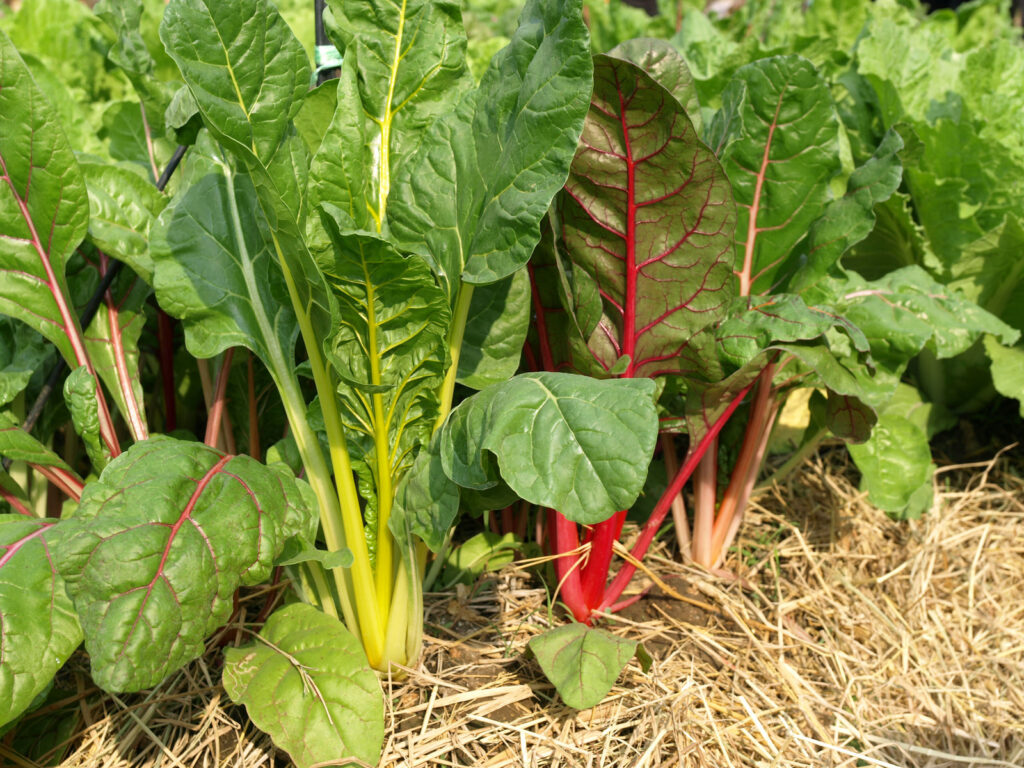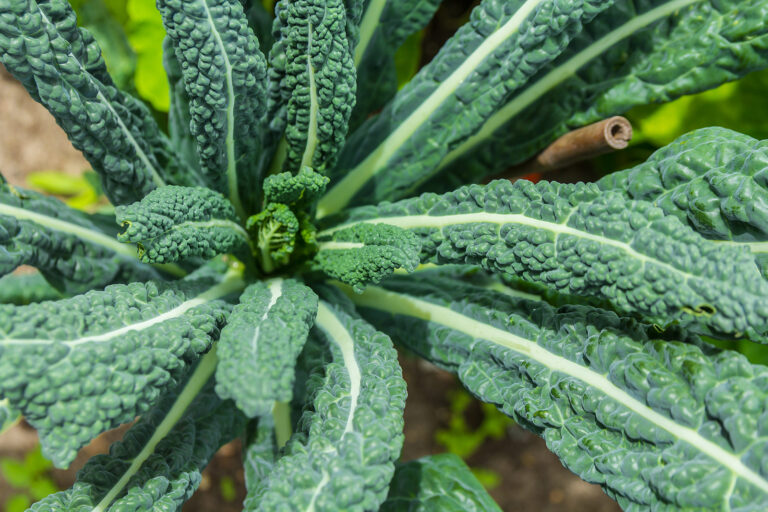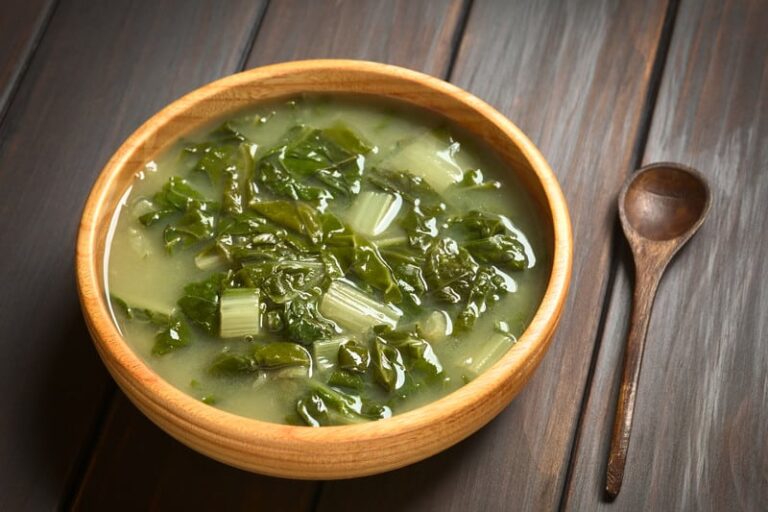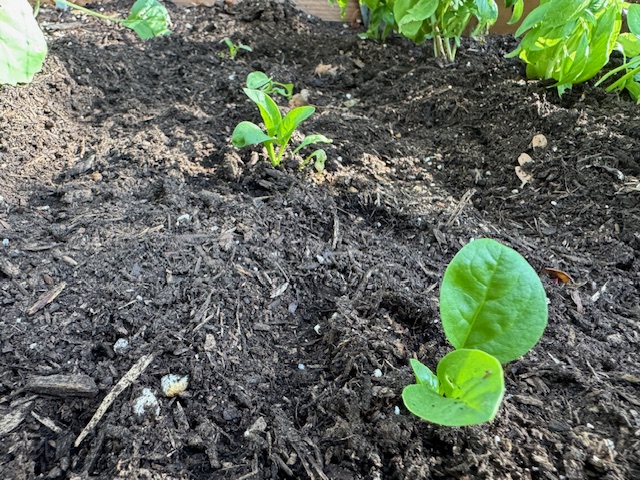How to Grow Swiss Chard Year-Round in Mild Climates
Swiss chard is a versatile, nutrient-packed leafy green that thrives in mild climates, offering fresh harvests throughout the year. Growing it year-round requires understanding its growing needs, proper timing, and care to keep plants productive and healthy even through seasonal changes. Here’s a detailed guide to help you enjoy continuous Swiss chard harvests in mild regions.

Choose the Right Varieties
For year-round growing, select Swiss chard varieties known for their hardiness and continual leaf production. Some popular types include:
- Bright Lights: Colorful stems and tender leaves.
- Fordhook Giant: Large, tender leaves ideal for cooking.
- Lucullus: Fast-growing with good heat tolerance.
Planting Schedule for Mild Climates
Swiss chard grows best when planted early spring, late summer, or fall in mild climates where winters are cool but not freezing. Because it tolerates light frost and mild heat, you can space out planting every 6-8 weeks to maintain a steady supply.
- Spring: Sow seeds outdoors 2-4 weeks before the last frost.
- Summer: Plant in partial shade to avoid heat stress.
- Fall/Winter: Plant by late summer or early fall for harvest into mild winters.
Soil Preparation and Location
Swiss chard thrives in well-draining soil rich in organic matter. Amend your garden soil with compost to boost fertility and structure. Choose a location that receives full sun to partial shade—ideally 4-6 hours of sun daily.
Planting and Spacing
Sow Swiss chard seeds about ½ inch deep and 2-3 inches apart in rows spaced 12-18 inches apart. Thin seedlings to 6-12 inches apart to give mature plants room to spread.
Watering and Feeding
Keep soil consistently moist but not soggy. Swiss chard prefers regular watering, especially during dry spells, to prevent leaf toughness and bolting. Fertilize monthly with a balanced, nitrogen-rich fertilizer or apply compost tea to encourage lush leaf growth.
Pest and Disease Management
Swiss chard is relatively pest-resistant but watch for:
- Leaf miners: Create tunnels inside leaves; remove affected leaves promptly.
- Aphids: Spray with water or insecticidal soap.
- Powdery mildew: Avoid overcrowding and water in the morning to prevent humidity buildup.
Harvesting Swiss Chard Year-Round
Harvest outer leaves regularly by cutting 1-2 inches above the base, allowing inner leaves to continue growing. This “cut-and-come-again” method keeps your crop producing fresh leaves for months.
Protecting Plants in Cooler Weather
In mild climates, Swiss chard can survive light frosts. Use row covers during unexpected cold snaps for extra protection. Mulching helps regulate soil temperature and moisture.
Tips for Year-Round Success
- Succession plant every 6-8 weeks.
- Provide partial shade during hottest months.
- Mulch well to conserve moisture.
- Keep an eye out for pests and diseases.
Growing Swiss chard year-round in mild climates is rewarding and practical. With proper variety selection, timely planting, and consistent care, you’ll enjoy fresh, nutritious greens every season.
🌿 Swiss Chard Learning Hub
Start here: The Ultimate Chard Growing Guide: From Seed to Harvest
✅ Planting & Seasonal Timing
- Swiss Chard Seed Starting Tips
- How to Grow Swiss Chard Year-Round in Mild Climates
- When to Plant Swiss Chard for Spring, Summer, and Fall Harvests
- Succession Planting Swiss Chard for Continuous Harvests
- Growing Swiss Chard in Containers
✅ Growing Techniques
✅ Care & Maintenance
- Watering Swiss Chard: How Much and How Often
- Why Is My Swiss Chard Wilting? Common Growing Problems and Fixes
- How to Keep Swiss Chard From Getting Bitter
✅ Pests & Diseases
✅ Harvesting & Use
- How to Harvest and Store Swiss Chard
- Five Ways to Cook Swiss Chard
- How to Harvest Swiss Chard So It Keeps Growing
✅ Varieties & Selection
- Best Swiss Chard Varieties for Colorful Garden Beds
- Top Swiss Chard Varieties for Small-Space Gardens and Containers
✅ Companion Planting & Rotation







